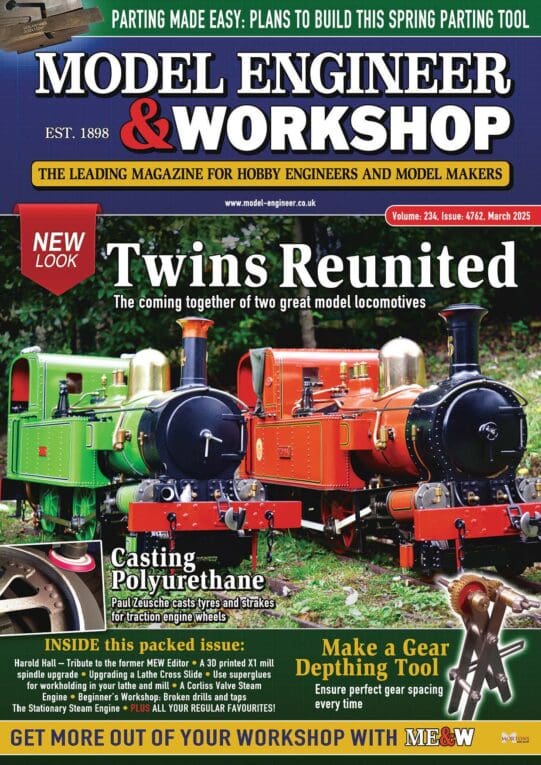On
28 August 2024 at 19:39 Fulmen Said:
Sorry to be a wet blanket, but is it worth the bother of fitting a DRO to a lathe at all? Whilst hugely beneficial on a milling machine, they don’t add much value to a lathe.
I can’t in good conscience pass up an opportunity to disagree with you, Dave. I will agree that a DRO is more valuable on a mill, it’s not wasted on a lathe. Especially if you have a decent QCTP like the multifix.
Disagreeing with me is allowed!
As always the value of a tool depends on the type of work being done, and how much of it.
I mostly turn fairly short lumps of metal, where accurate diameter is more important than accurate length, and my production rate isn’t urgent. I’m almost entirely metric, so the ability of a DRO to support unit conversions is low value.
The way I work doesn’t benefit from a lathe DRO, so I haven’t wasted time and money fitting one!
Similarly, most of my turning is done with carbide inserts, and these perform quickly and accurately without needing a QCTP. A QCTP makes sense in an HSS shop, but as I only use HSS on special occasions, I haven’t wasted time and money fitting a QCTP.
Not difficult to imagine another Model Engineer working quickly on jobs that would benefit from a DRO and/or QCTP.
I questioned the DRO because I notice a fair number of newcomers start the hobby by rushing to accessorise their lathes. My advice is to slow down! Before flashing the cash, learn how to drive the machine and understand what it will be used for in your workshop first. Then think about improvements. A DRO and QCTP aren’t cheap, and plenty of other expensive tools will be needed by a beginner. Engineers try hard not to waste money!
My flood coolant system was a mistake. In practice I rarely cut enough metal in a session to justify setting it up and dealing with the mess. Makes more sense for me to cut dry, splash with a brush, or set-up a dribble bottle. Others might do enough cutting to justify flood cooling : I don’t!
Dave
 Fulmen.
Fulmen.



